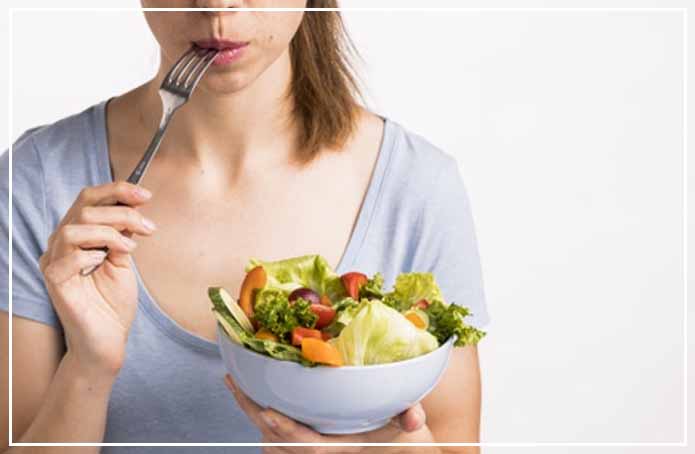Ayurvedic treatment keeps a different approach to health and health-related problems. It is a wellness system that initiated in India around 5,000 years ago. Though it’s one of the world’s oldest healthcare traditions, millions of people all over the world practice it today. Now, the popularity of Ayurvedic medicine is growing again.
Analysts expect that by 2022, Ayurvedic medicine will have become a nearly $10 million industry. The National Center for Complementary and Integrative Health Trusted Source estimates that around 240,000 Americans already use Ayurvedic regimens and remedies as part of their overall healthcare.
Ayurveda’s center of attention is on healthy nutrition, stress reduction, and promotion of a balanced lifestyle, many people focus to its dietary principles and natural remedies when they want to lose weight.
One should have deep knowledge about Ayurvedic eating practices, remedies, and supplements, and also what conventional Western science is speaking about the usefulness of Ayurvedic weight loss methods.
Eat according to dosha
Practitioners of the Ayurvedic tradition teach that human beings need to balance three forms of energy, and energy is linked to natural elements:
- Vata. The energy of movement associated with space and air.
- Pitta. The energy of metabolism associated with fire and water.
- Kapha. The energy of your body’s structure associated with earth and water.
Although all people have Vata, pitta, and Kapha, a person’s dosha is the form of energy most dominant in your constitution. In the Ayurvedic practice, the way one eats should correspond with the dosha.
Determining Your Dosha
Determining one’s dosha could prove tricky to people who are new to Ayurveda. Although there are lists of characteristics for each dosha online, the National Ayurvedic Medical Association recommends that you consult with a trained Ayurvedic practitioner if you aren’t sure which dosha is dominant for you.
Ayurvedic practitioners are licensed and regulated in India, but there’s no federally recognized certification or licensure process in the United States.
Dietary Recommendations for Vata-dominant people
- Eat 3 to 4 small meals daily, at least 2 hours apart.
- Incorporate lots of cooked vegetables.
- Avoid nightshade vegetables, such as eggplants, peppers, tomatoes.
- Eat juicy, sweet fruits and avoid astringent fruits like cranberries and raw apples.
- Limit legumes.
- Eat a wide variety of nuts and seeds, especially in the form of nut milk.
- Avoid consuming products like sugar, alcohol, and tobacco.
- Avoid preserved foods and tin packed foods that are raw, frozen, or extremely cold.
Dietary Recommendations for Pitta-dominant people
- Eat lots of raw vegetables and salads, especially in spring and summer.
- Limit your intake of animal foods like meat, seafood, and eggs.
- Avoid spicy foods, coffee, and alcohol.
- Avoid nuts and seeds.
- Eat legumes and lentils in moderate amounts.
- One should eat milk products and drink dairy products, especially those that have been sweetened.
Dietary Recommendations for Kapha-dominant people
- Limit the quantity of food you eat.
- Avoid dairy and foods high in fat.
- Limit protein.
- Eat lots of leafy greens and vegetables grown above ground (as opposed to root veggies).
- Eat astringent fruits like apples, cranberries, mangoes, and peaches.
- Limit animal foods, nuts, and seeds.
A complete list of foods best for each dosha can be found here.
Few studies have examined the effectiveness of the Ayurvedic diets based on dosha type. However, a small pilot study Trusted Source of 22 participants in 2014 concluded that the diet, when combined with yoga practice, did result in significant weight loss.
Disclaimer: Talk to a doctor before making significant changes to your diet to be sure the steps you plan to take are the right ones, for your overall health.
“If One Keeps Faith, Follow It Seriously For the Better Health and Long Life”

























